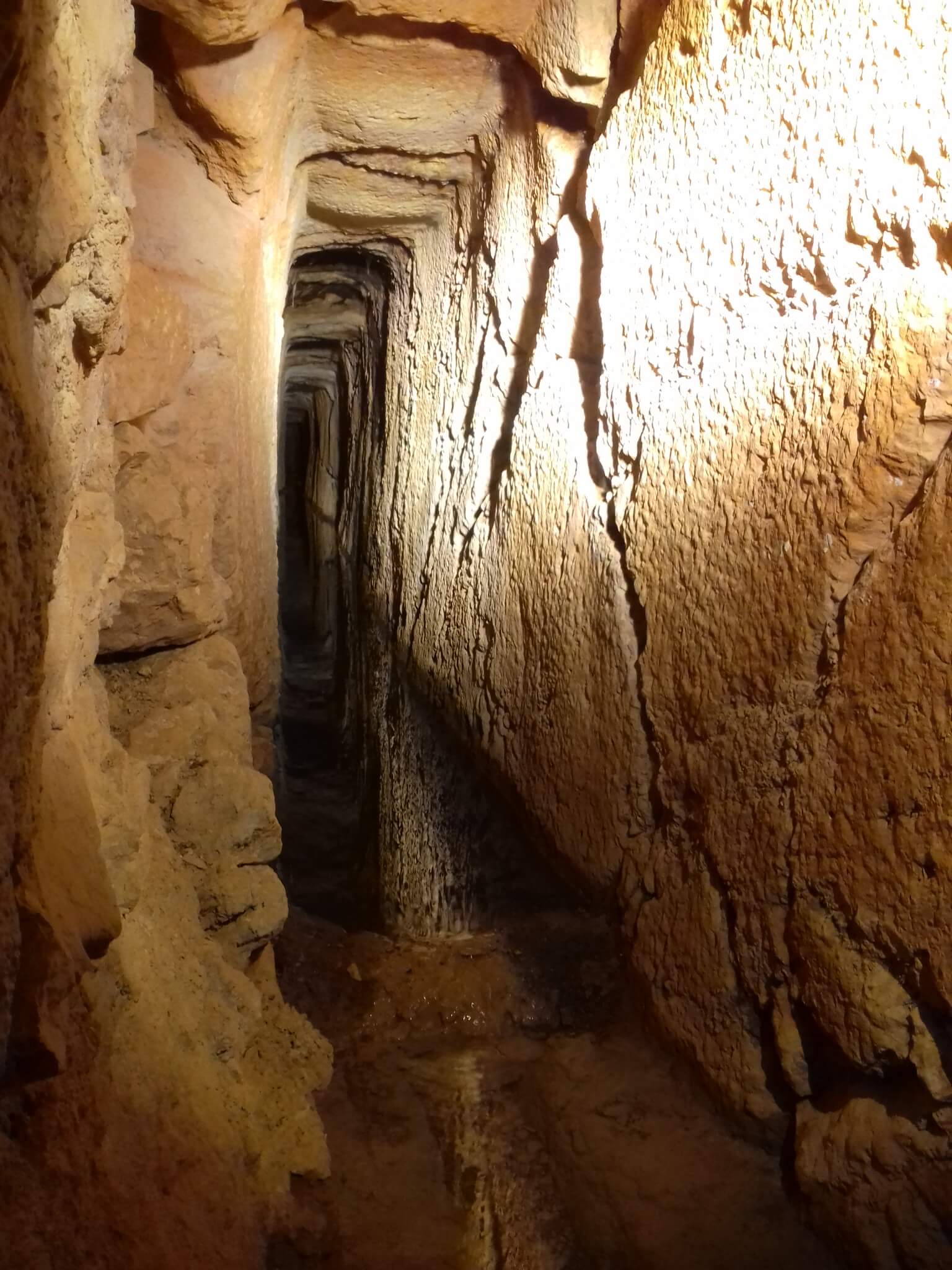The town of Novalja on Pag island has quite a lot to show beyond the (in)famous Zrće beach. A look below the surface to the leading star of Novalja’s incredible historical heritage on March 29, 2018
The latest Gastronaut trip took us on a heavenly culinary tour of Pag island, underscored by its famous trifecta: lamb, cheese, and salt. We’ll be sharing our impressions during the next couple of days, but before we delve into the glorious display of food, wine, and Pag’s otherworldly landscapes, we need to travel back in time to explore the roots of this fascinating island. All the way back to the beginning of the new era, when the island was ruled by Romans who left us quite a few impressive structures to explore.
On the second day of our trip, we stopped by the town of Novalja, located on the northern side of Pag. Novalja rose to international fame owing to its neighbour Zrće, the notorious party beach visited by tens of thousands each summer. While it’s fair to say that Zrće heavily contributes to the local economy, the annual onslaught of – let’s be diplomatic about this – young, bikini-clad free spirits indulging in some off-the-leash fun leaves the town in shambles and the locals at their wits’ end.
Apart from the heavily intoxicated hordes desecrating the local riva in their downtime, Novalja’s summer-specific debauchery has another downside to it: it casts a shadow on the incredible fund of historical heritage preserved in the town centre. Building a party zone right next to a historic settlement comes with considerable consequences; cram thousands of carefree adolescents on a single beach, and you can be certain the Romans won’t be getting a mention any time soon. It’s really a shame, because the town has so much to offer beyond day-drinking and EDM, so it’s only right to tip the scales and shed some light on a couple of things worth seeing.
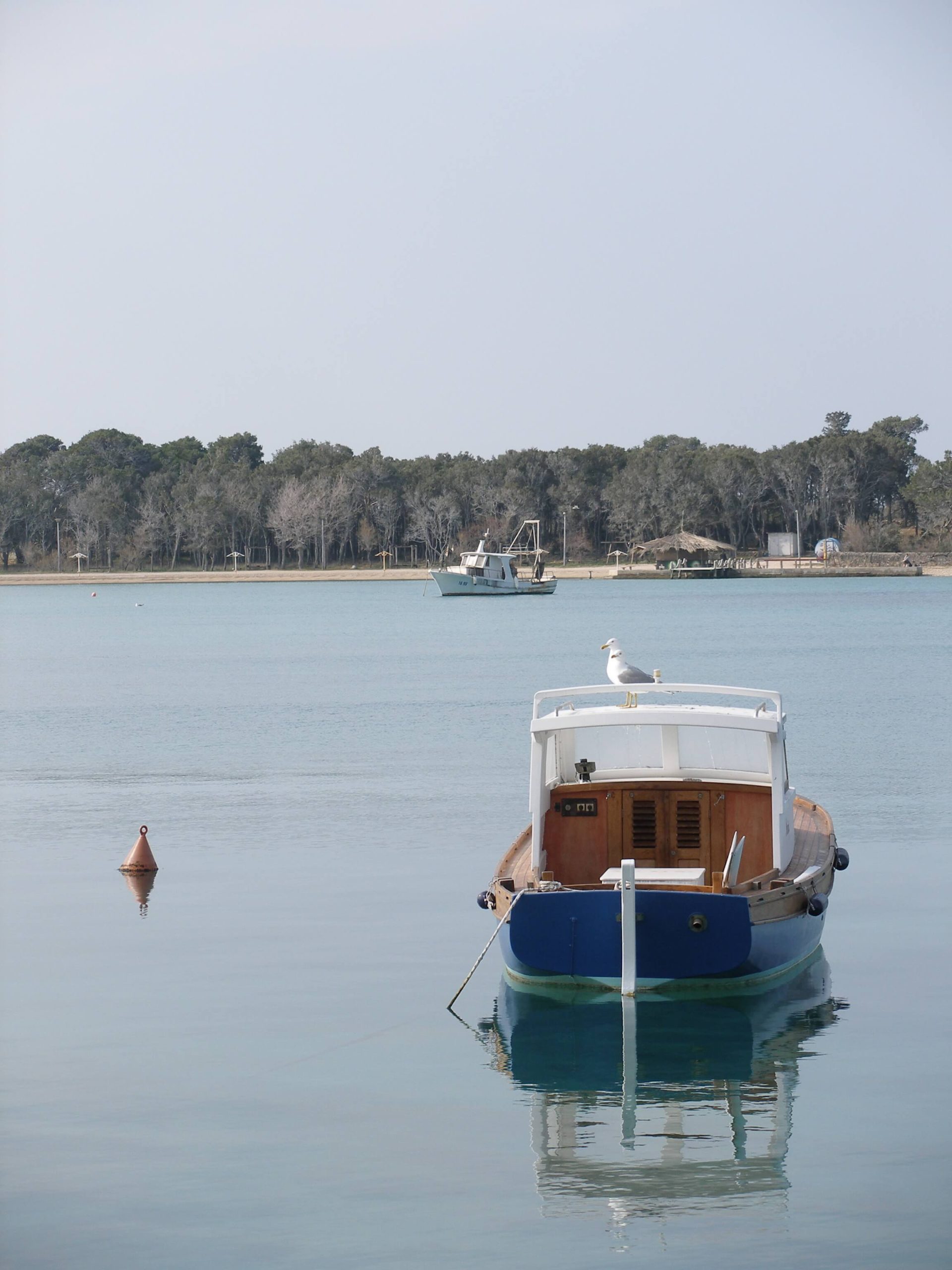
The actual showstopper is tucked away in the basement of the Town Museum, but you’ll pass by several distinguished checkpoints on the 5-minute walk from the waterfront to the museum. The courtyard located behind the Gothic church of Our Lady of the Rosary houses remnants of an early Christian basilica; take a closer look at the mist-covered glass cases, and you’ll find remains of floor mosaics underneath, dating back to the 5th century.
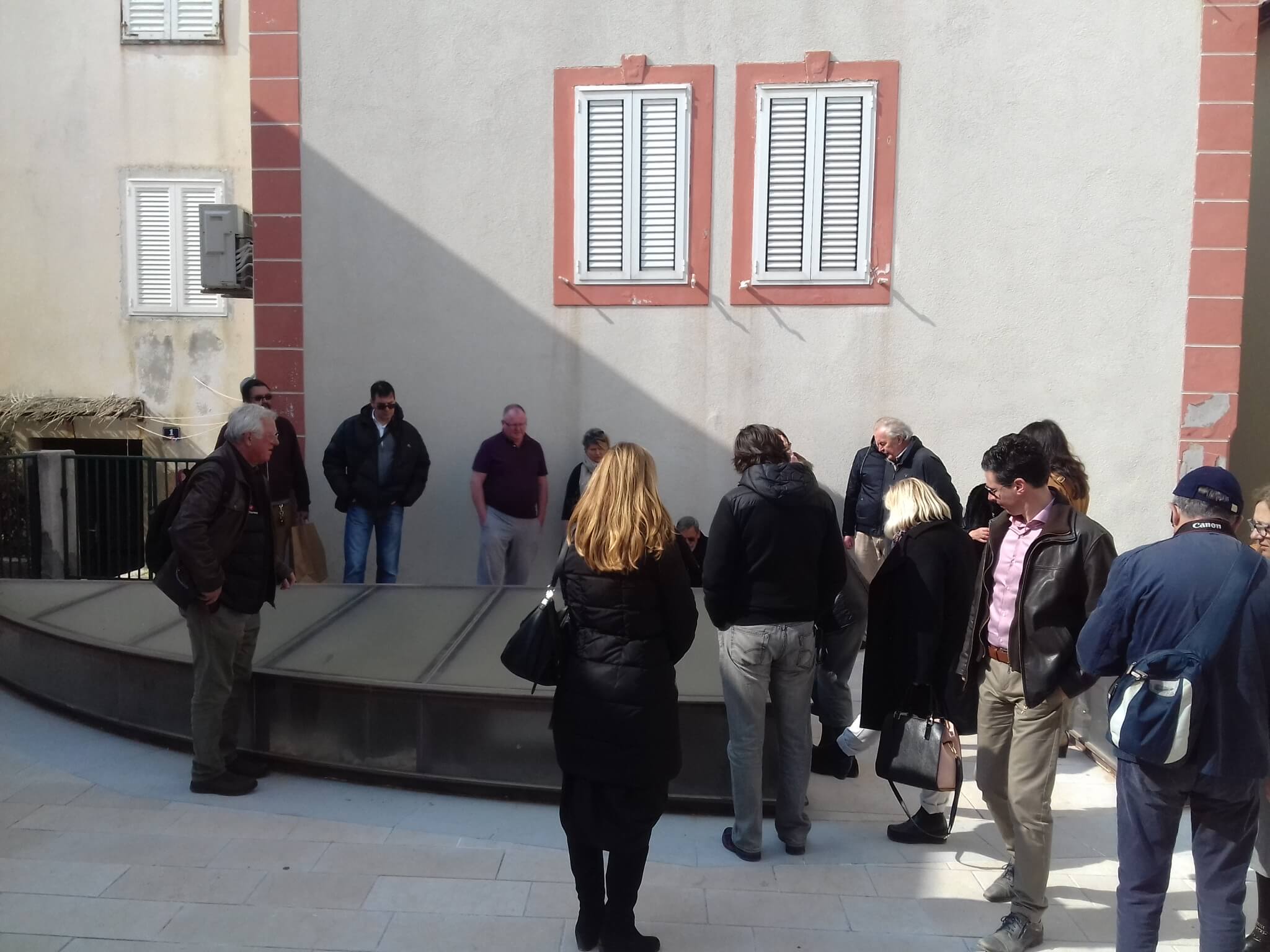
The Town Museum houses an attractive collection composed of exhibits varying from Roman artefacts to vintage photos of Novalja – a sort of a walk through more than two millennia of local history.
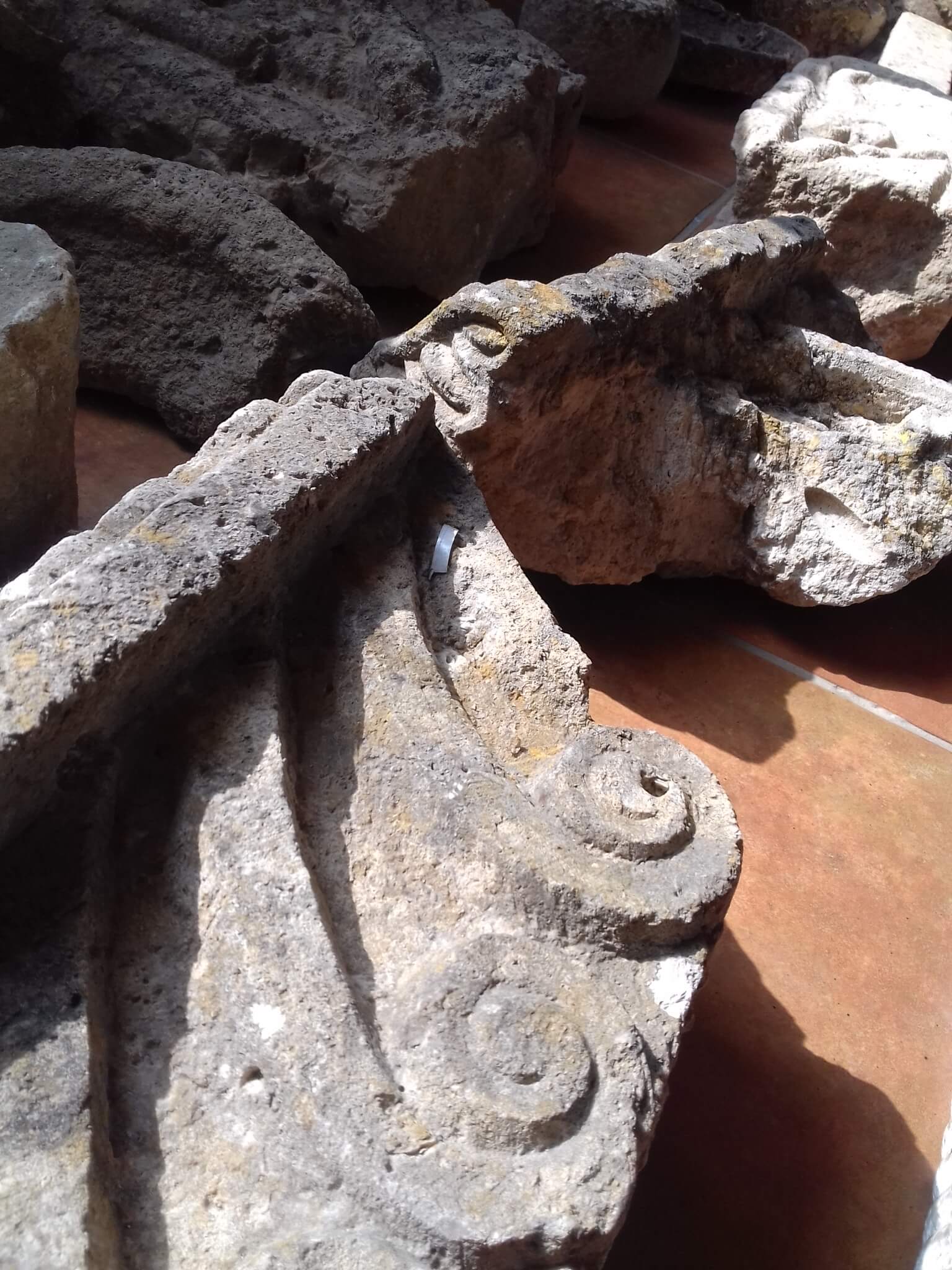
Among the amphorae and ancient dishes, you’ll find an extraordinary item: a wooden Roman anchor uncovered at the underwater archaeological site Caska, one of the biggest anchors of its kind found on the Adriatic coast and the Mediterranean as a whole. How often do you get to see perfectly preserved wooden anchors that are close to 2000 years old?
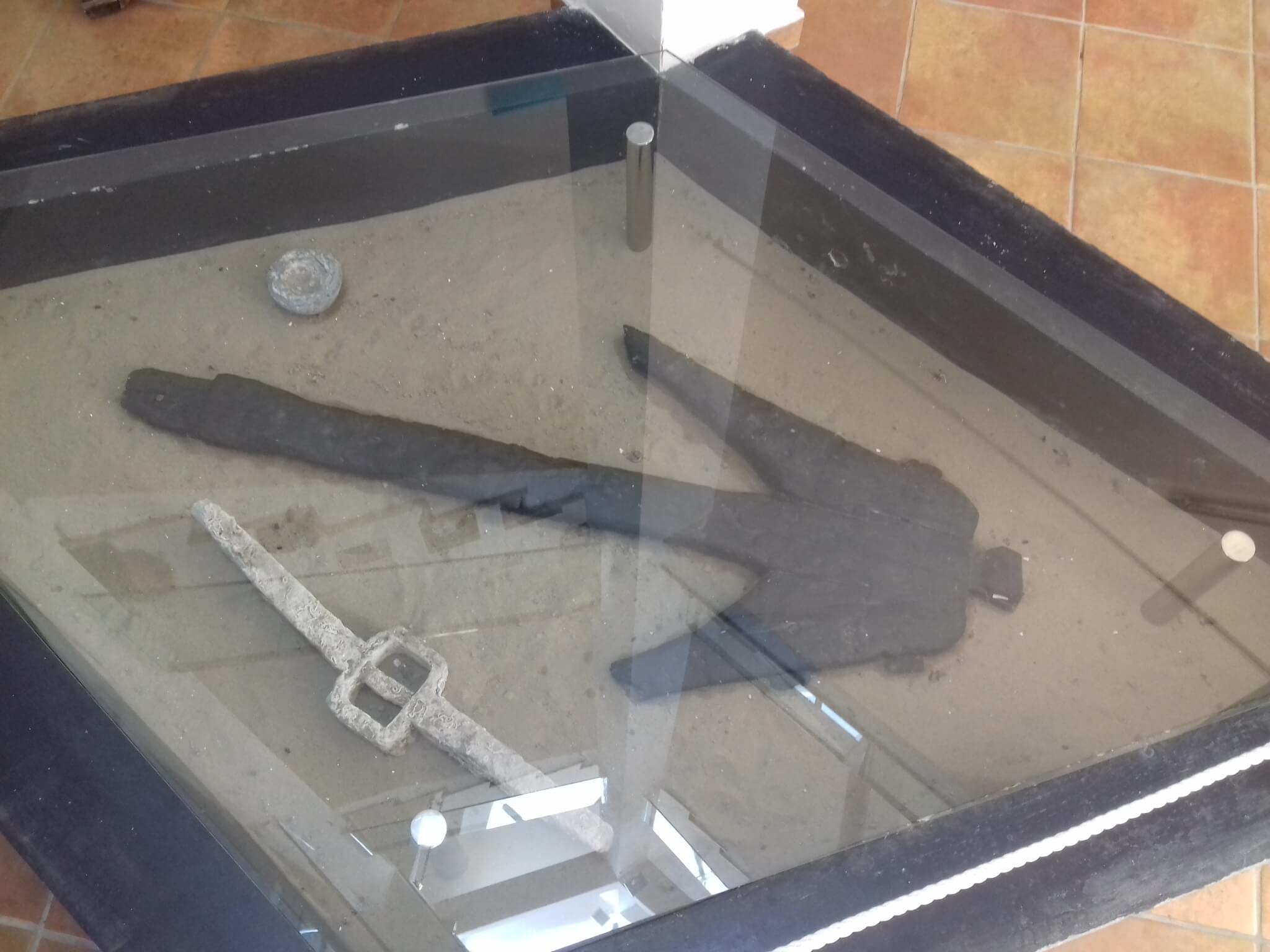
And then, the leading star: walk down to the basement, and you’ll be met by a true wonder. An ancient Roman aqueduct, called Talijanova buža by the locals – roughly translating to the Italian hole, the name loosely based on its Roman origin.
The underground aqueduct was constructed in the 1st century AD, its length of 1,2 kilometres tunneled through stone. It was used to supply the local households and ships anchored in Novalja – called Navalis at the time – with water flowing in from the nearby Novalja field.
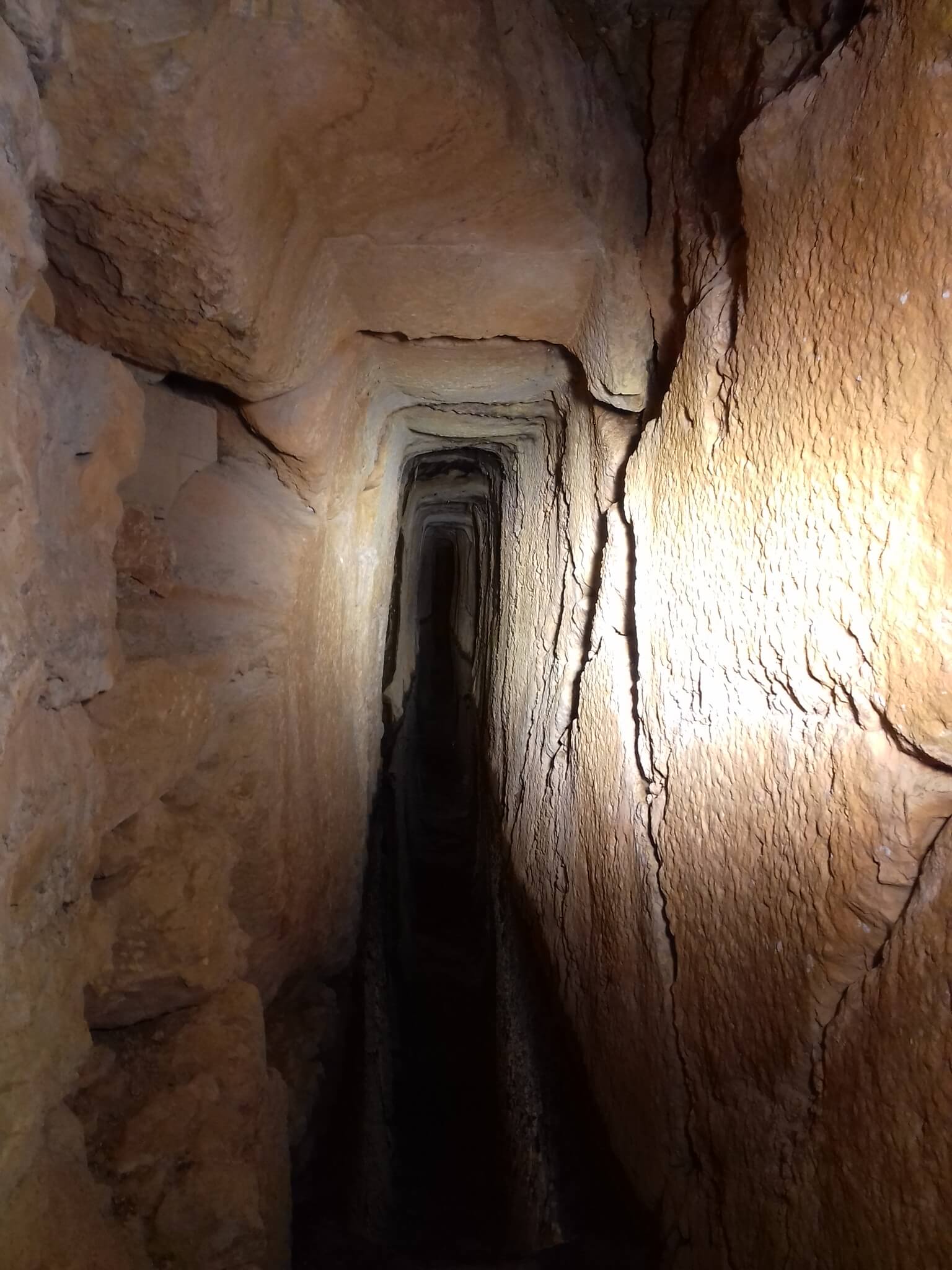
The aqueduct measures some 60-70 centimetres in width and 180 cm in height. While the tunnel is walkable in its entirety, the ground is covered in a shallow pool of water; you won’t exactly be able to explore the underground site, mostly due to safety reasons. Nevertheless, you’ll get a good enough sense of the amazing ancient structure just by peeking into the tunnel from behind the fence.
The Roman aqueduct is the most valuable archaeological treasure uncovered on the island of Pag. In 2012, it was inscribed on the list of protected cultural goods of the Republic of Croatia. And yet, as the museum’s director Vesna Denona remarked when she introduced us to this priceless site, the majority of tourists flocking to Novalja – and by Novalja, I mean Zrće beach – can’t even remember the town’s name, let alone cite its most distinguished historic gem.
Most coastal destinations in Croatia will deliver on their promise of pristine beaches and authentic experiences of the Adriatic, but there’s just one that offers a glimpse into a 2000-year-old underground man-made structure as a bonus. If the road takes you to Pag island, make sure to stop by Novalja – as it often goes in life, it truly pays to look below the surface.
